Intact, intact
The national treasure dossier of the bronze statues shows that the artifacts were collected by the Hanoi Museum in 1992. When they were brought here, the bronze statues were still covered with a lot of soil and some small pieces on the body and legs were chipped and broken. "This proves that the artifacts were discovered by chance by the people. Currently, the bronze statues are well preserved, with a layer of green-gray bronze patina evenly covering them. This is the result of the museum's preservation and conservation process to serve the research and display work to promote their value," the Hanoi Museum informed.
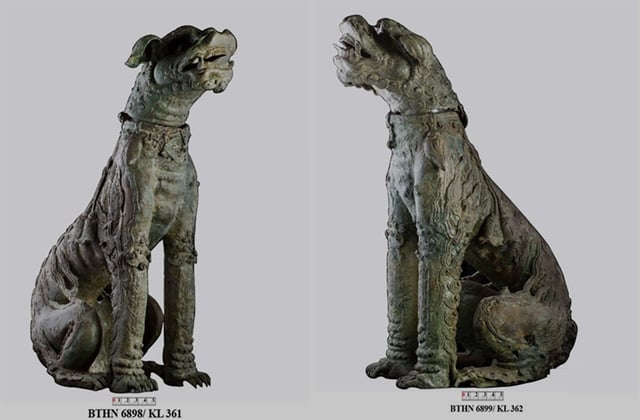
Pair of national treasure lion statues at Hanoi Museum
PHOTO: DEPARTMENT OF CULTURAL HERITAGE
Information from the treasure file says: "Although the pair of bronze statues have lost their tails, they are still intact and in their original shape. The Hanoi Museum has handled the preservation to ensure the requirements for preservation and promotion in research and display work."
According to the Hanoi Museum, the pair of bronze statues are depicted in a kneeling position, in a non-monolithic style consisting of 3 separate parts: head - body - tail (lost), then assembled with mortise and tenon to create a complete work, with traces difficult to recognize, containing a concept of belief and spirituality.
The pair of kylin statues are considered to have a firm and majestic kneeling posture. The two front legs are straight, the head is raised high, the face is facing upwards, and the eyes are looking straight ahead. The kylin statue's face is vividly depicted with deep eyes, large, thick eyebrows, a large nose, a wide mouth, a curved tongue, and prominent teeth with two impressive canines as if smiling, showing majesty but also giving a feeling of closeness. The kylin statue's face is considered to have been created by a very hard-working artist.
The body of the Nghe is round, the belly is sunken, the chest is broad and protruding forward, and the neck is adorned with a bell. The Nghe has prominent veins on its neck and chest, depicting the leanness of a diligent creature, guarding a sacred place of worship. The entire body of the Nghe is covered with thick fur, curled up at the head, but the ribs are still exposed. The prominent veins combined with the neck and chest represent the asceticism of a place of practice.
The national treasure dossier states: "...it is a fictional animal, but somewhere we can still see the real elements of an animal that is very close to human life, a friend, a loyal servant of humans in daily life."
Dong Son tradition returns
What is highly appreciated in the pair of dragons is the dense yet clear and concise decorative patterns. The beards, feathers, bells... are expressed in tiny lines. This shows the talent of the creator, the craftsman. More importantly, it shows the return to the tradition of more than 1,000 years ago - the golden age of Dong Son culture with dense patterns on bronze drums. The superb technique of Dong Son bronze casting also seems to return to the Le Trung Hung period through the super thinness of the casting and the almost absence of technical errors left by the casting process.
The pair of bronze Nghe statues of the Hanoi Museum are among the few bronze religious artworks discovered in Vietnam. Currently, the National History Museum, the An Bien Antiquities Collection (Hai Phong), the Hai Phong Museum, and the Nam Dinh Museum (Ninh Binh Province) are all preserving bronze Nghe statues, but they are badly damaged, broken, or no longer symmetrical pairs. The pair of Nghe statues belonging to the An Bien Antiquities Collection (Hai Phong) are the most intact, but they are the type of Nghe statues on the incense burner, different from the pair of Nghe statues of the Hanoi Museum, which are kneeling and guarding the watch. In addition, the pair of Nghe statues of the Hanoi Museum are also much larger (59 cm high, 12 kg in weight) than the pair of Nghe statues of An Bien (45 cm, 3 kg in weight).
One of the reasons why this pair of bronze unicorns became a national treasure is that they carry the artistic value typical of an era. According to heritage records, in the Le Trung Hung period (17th - 18th century), the unicorn really developed and took shape, becoming a prominent theme in Vietnamese religious and spiritual art. In fact, the unicorn was the most prominent image in the Le Trung Hung period to create an easily recognizable artistic style. This pair of bronze unicorns was inspired by the decoration on drums and bronze jars of the Dong Son period, very close to Ly - Tran ceramics, Tran bronze drums, and Mac dynasty incense burners by artisan Dang Huyen Thong. (to be continued)
Source: https://thanhnien.vn/doc-la-bao-vat-quoc-gia-doi-nghe-dong-mat-duoi-tinh-xao-thoi-le-trung-hung-185241008214311168.htm






![[Photo] Hanoi morning of October 1: Prolonged flooding, people wade to work](https://vphoto.vietnam.vn/thumb/1200x675/vietnam/resource/IMAGE/2025/10/1/189be28938e3493fa26b2938efa2059e)





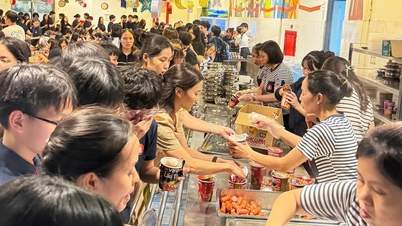


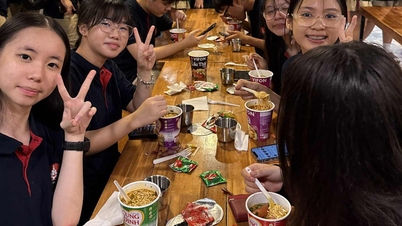
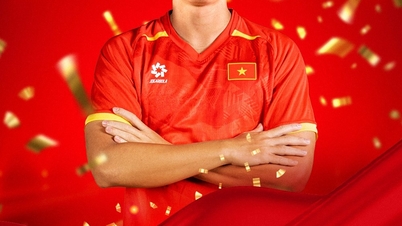






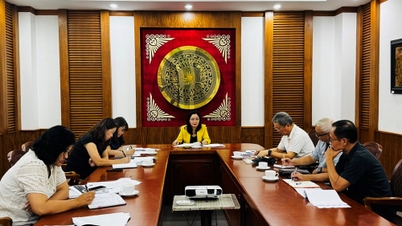
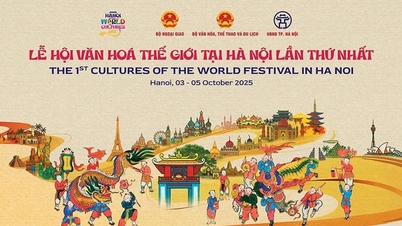




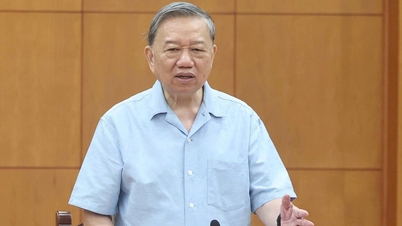
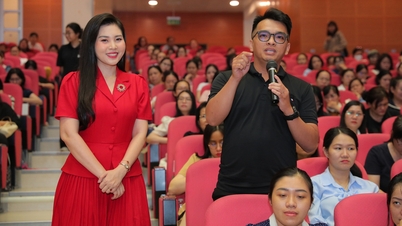

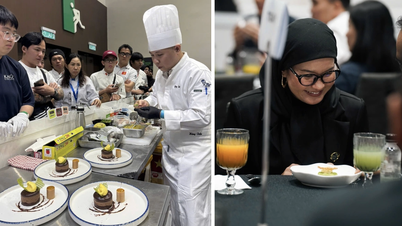
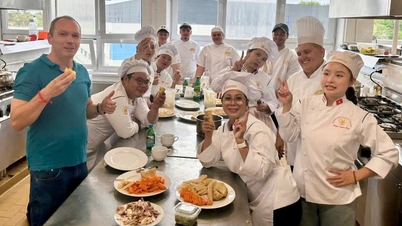
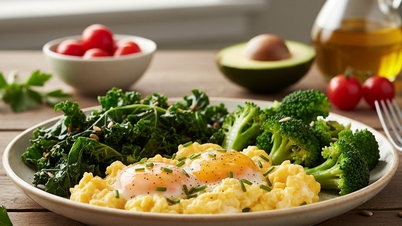
![[Photo] The 1st Congress of Phu Tho Provincial Party Committee, term 2025-2030](https://vphoto.vietnam.vn/thumb/1200x675/vietnam/resource/IMAGE/2025/9/30/1507da06216649bba8a1ce6251816820)
![[Photo] Panorama of the cable-stayed bridge, the final bottleneck of the Ben Luc-Long Thanh expressway](https://vphoto.vietnam.vn/thumb/1200x675/vietnam/resource/IMAGE/2025/9/30/391fdf21025541d6b2f092e49a17243f)
![[Photo] President Luong Cuong receives President of the Cuban National Assembly Esteban Lazo Hernandez](https://vphoto.vietnam.vn/thumb/1200x675/vietnam/resource/IMAGE/2025/9/30/4d38932911c24f6ea1936252bd5427fa)
























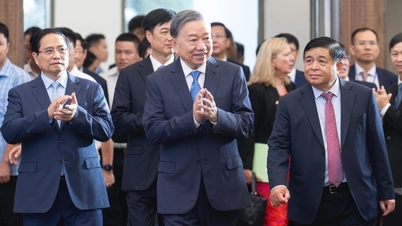


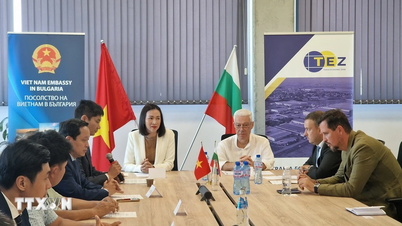
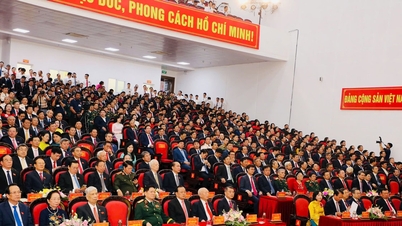

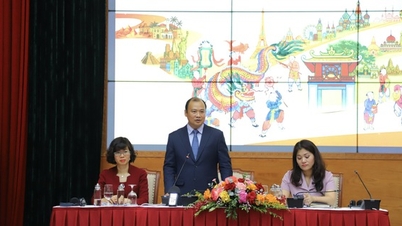












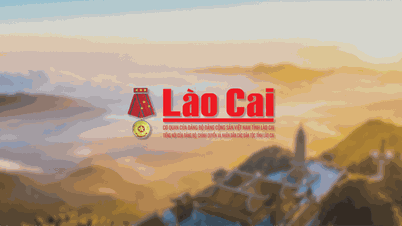
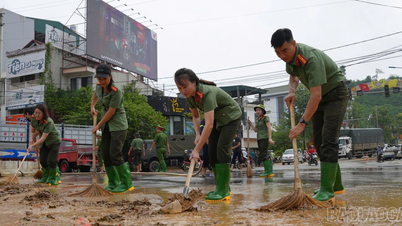
















Comment (0)